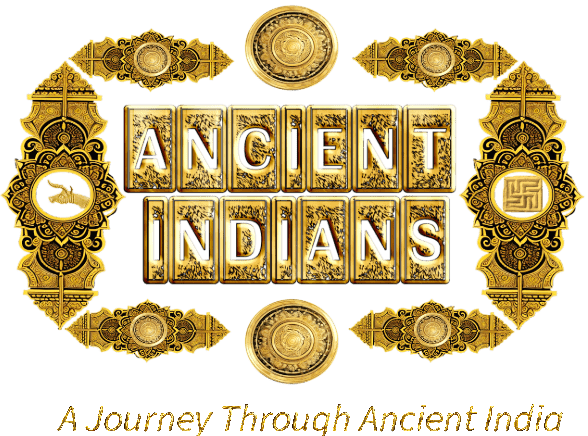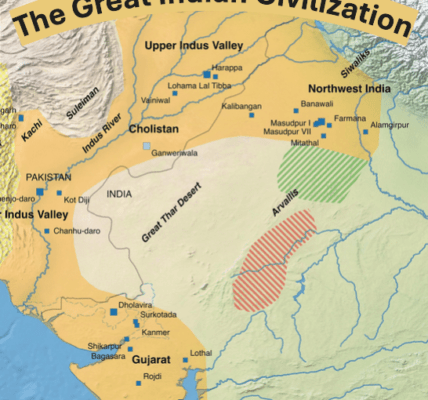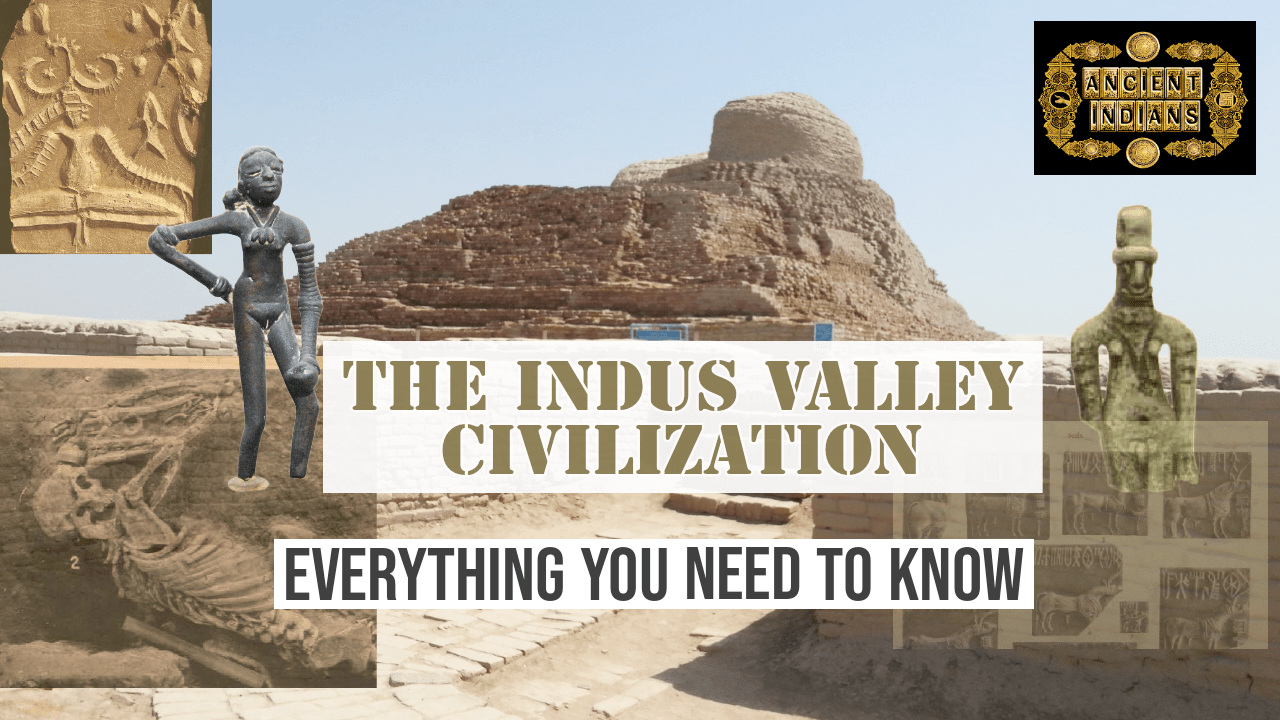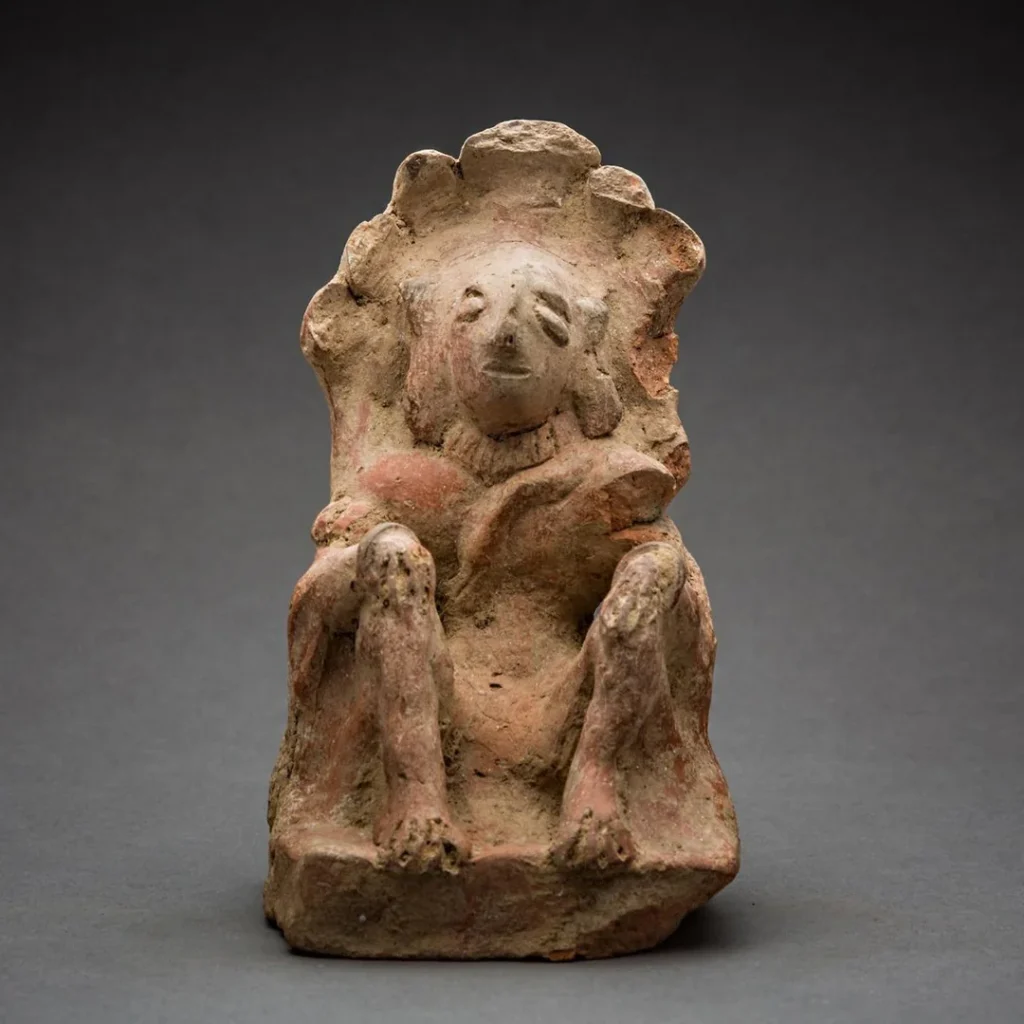
Most historians, archaeologists, and scholars acknowledge the existence of an early prototype of the Hindu God Shiva in the Indus civilization. Indeed, whether it be the 1928-29 discovery of a seal representing a horned deity seated in a yogic position and surrounded by animals, widely accepted as representing Pashupati (a form of Shiva meaning Lord of animals), or the multitude of lingams (symbolic representations of Shiva) found during excavations at various Indus civilization sites, the presence of an early form of Shiva in the Indus civilization cannot be denied.

Among the trinity of supreme divinity in Hinduism—Brahma, Vishnu, and Shiva—Shiva was possibly found in the Indus civilization. What about the other two?
While Brahma is not widely worshipped in Hinduism (with very few temples dedicated to him, the most famous being in Pushkar, Rajasthan), Vishnu is worshipped in many forms and avatars.
Although many elements of present-day Hinduism existed in the Indus civilization, such as a prototype of Shiva, a Mother Goddess, and the worship of animals, plants, and water, official excavations at Indus sites did not provide any proof of the presence of a god resembling Vishnu. This led to the inference that Vishnu did not exist in the Indus civilization; or did he?
Vishnu in the Indus Civilization
The general belief is that Vishnu came with the later settlers of North India, eventually amalgamating with the Shiva of the Indus civilization and contributing to the creation of the holy trinity of Brahma, Vishnu, and Shiva in present-day Hinduism.
However, this terracotta figurine from the Indus valley civilization raises questions — it depicts a seated figure with bent legs, and with what appears to be a seven-hooded serpent (one hood broken) rising behind and above the head. While interpretations may vary, one cannot help but draw parallels to the Hindu God Vishnu when looking at the figurine.
The figure’s posture, with its bent legs and the serpent, aligns with other terracotta figurines found at Indus Valley sites like Harappa and Mohenjo Daro, which are often interpreted as representations of deities or important figures, possibly related to religious or ritualistic practices.
The figurine lacks any official documentation from excavations at Indus sites. Listed for sale on a private antiques website for $9000, it likely originates from archaeological looting, possibly from Harappa or Mohenjo Daro.

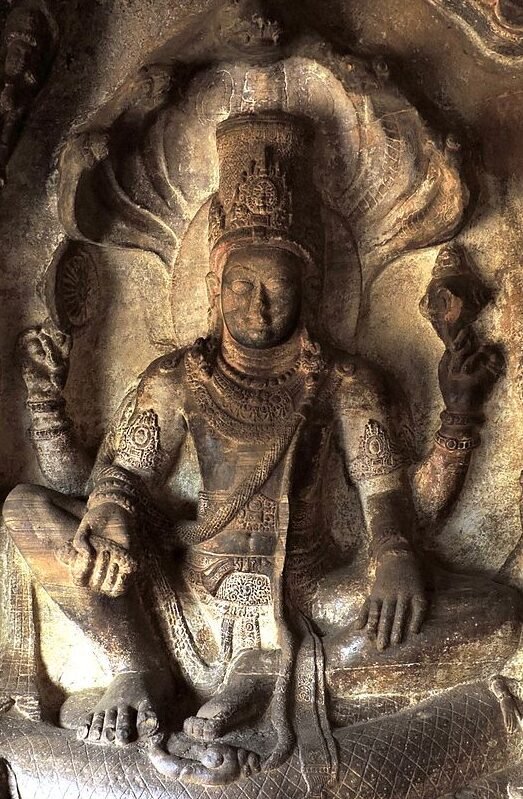
Vishnu is usually depicted seated or reclining on the serpent Shesha, with the hoods of the serpent spread out behind him, forming a protective cover. These hoods surround him, symbolizing Shesha’s role as his guardian. The number of hoods varies, but Shesha is often shown with five, seven, or more heads, representing endless time and the universe’s infinity.
A Proto-Vishnu Deity?
It would have been fascinating to consider the archaeologists’ observations if the statue had been discovered during the excavations at Harappa and Mohenjo Daro. Would Marshall have classified it as a proto-Vishnu deity? While interpretations would likely vary, comparisons to the Hindu God Vishnu would be inevitable.
Sadly, this potentially pivotal sculpture from the Indus civilization has been lost to archaeological looting, and even if recovered, crucial context about its discovery would hinder thorough analysis by archaeologists, scholars, historians, and specialists.
References:
- Marshall, John (1931). Mohenjo-Daro and the Indus Civilization: Being an Official Account of Archaeological Excavations at Mohenjo-Daro Carried Out by the Government of India Between the Years 1922 and 1927. Asian Educational Services.
- https://en.wikipedia.org/wiki/Pashupati_seal
